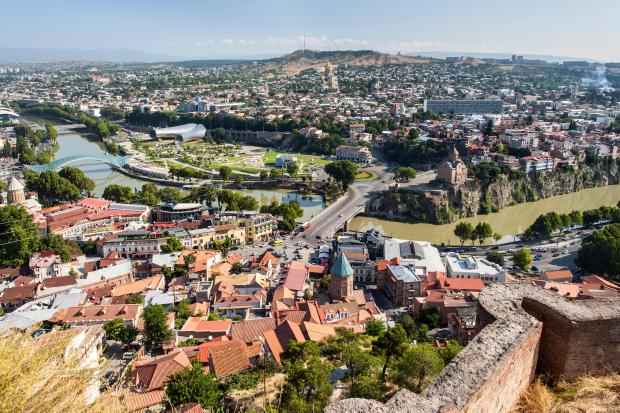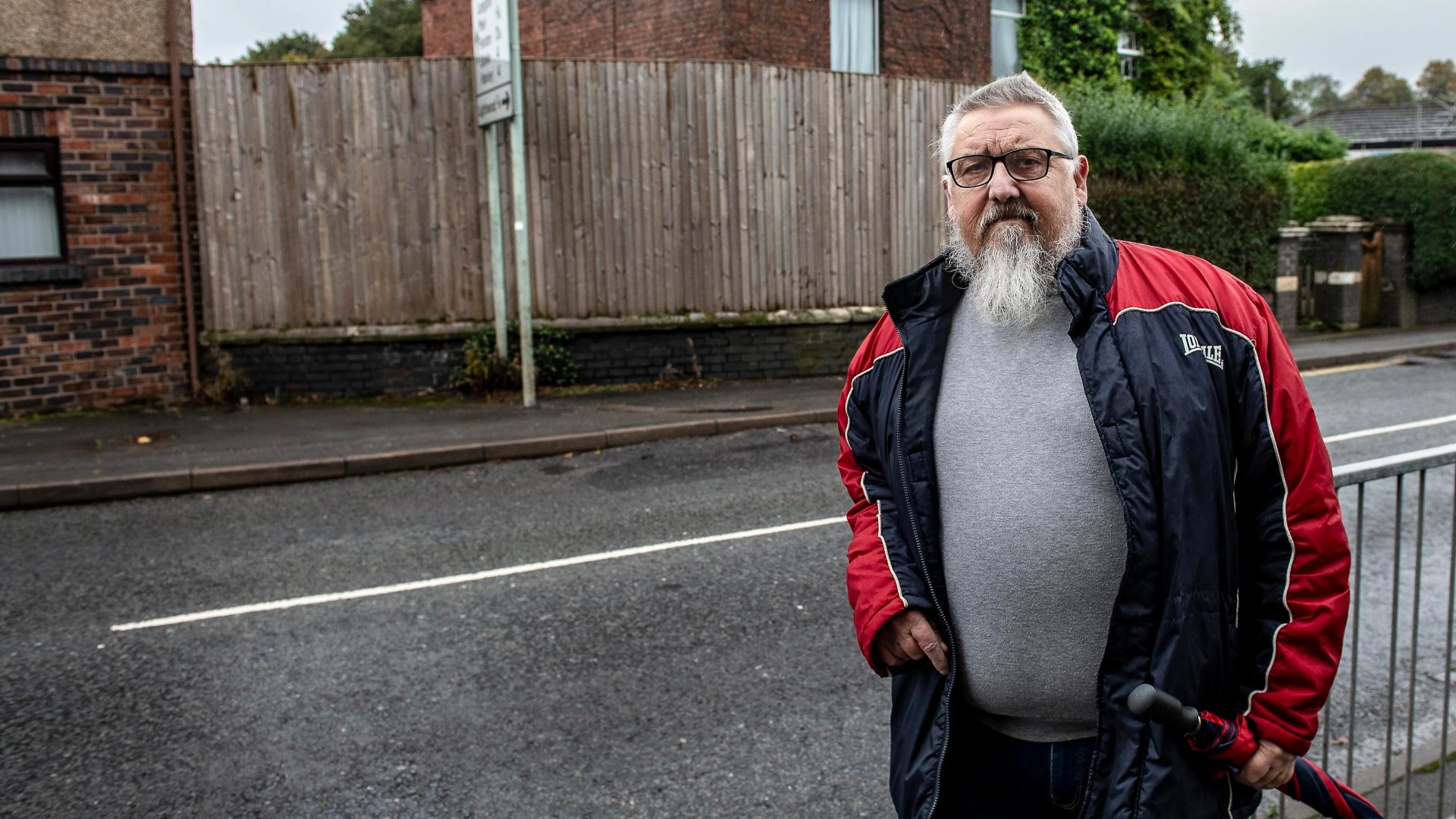UK chancellor Rachel Reeves is hoping to attract billions of pounds of private finance to upgrade the nation’s creaking infrastructure and will be courting potential investors at the government’s investment summit on Monday.
Private finance schemes are already used more extensively in the UK than anywhere else in the world and include the energy, water and telecoms sectors and some ports and roads. Companies and investment funds provide upfront cash for projects, mostly in the form of loans with some equity. They recoup and earn a return on their initial investment via customer bills or taxpayer charges, sometimes over many years.
But the patchy record of private finance over the past few decades has triggered debate about which is the best model for attracting investors while still providing a good deal for taxpayers.
Will the Regulated Asset Base model remain dominant?
The most widely used method of securing private finance for infrastructure projects is the Regulatory Asset Base model.
The RAB model gives a value to a collection of physical assets, such as pipes and pumping stations, which can be borrowed against, much like a mortgage on a house. As it is used by companies that are natural monopolies, the regulator sets the charges to customers. This provides a guaranteed revenue stream to repay investors.
It is now being used to finance new projects, such as the Thames Tideway, a £4.5bn sewage tunnel being built under London.
This model allows investors to charge customers while the asset is still being built so they can receive returns from day one. For example, Thames Water’s customers are already paying for the Tideway through an annual surcharge of £28 per household added to water bills.
The late infrastructure expert Martin Blaiklock likened it to a diner “being forced to pay for a meal at a restaurant before the restaurant has even been built, let alone served any food”.
The government often acts as a backstop so if there are significant cost overruns, it has to inject equity or take over management of the project.
Contracts for difference model: the best option for low-carbon energy?
Contracts for difference are the government’s main mechanism for supporting large, low-carbon power infrastructure, providing certainty for investors on the price they will receive for the energy produced. The model has been used to support renewables throughout the UK, including one of the biggest solar and battery farms in Kent, which should provide enough renewable power for 10,000 homes.
The CFDs guarantee a set price for electricity — known as a strike price — that generators receive per unit of output. As the wholesale market price fluctuates, the generator is either paid a subsidy up to the set price, or pays back any surplus above the set price.
Similar models include the cap and floor regime, which sets minimum and maximum levels of revenues for energy storage and interconnectors to neighbouring countries.
The government is also setting up the state-backed Great British Energy, which it says will “attract private investment in the UK’s clean homegrown power”.
Will there be a PFI revival?
Private finance initiatives were canned for central government projects in 2018 after they were deemed poor value for taxpayers. Special purpose vehicles are set up by investors who hire contractors to build and maintain infrastructure such as schools, hospitals, housing or roads.
The Labour government is being urged by investors to launch a new version of PFI after a review by former Siemens chief executive Jürgen Maier backed the model.
A relaunch would come at a difficult time as there are a growing number of legal disputes between investors and public authorities over the terms of the contracts in the previous wave of PFI projects. Many local authorities and NHS trusts are also saddled with crippling debt repayments.
Former Labour minister Lord Hutton believes an amended version of PFI could work for future projects. This could include the Welsh model, where the government or local authority takes an equity stake and investor returns are capped.
Water regulator Ofwat is also encouraging utilities to use a similar model called “direct procurement for customers” for £14bn of new infrastructure.
Government guarantees: too much risk for public sector?
The government guarantees scheme is run by the UK Infrastructure Bank and provides unconditional assurance to lenders that they will be repaid in full in exchange for a fixed fee.
Most recently it was used to back Gigaclear, a broadband company, but the UKIB says it has more in the pipeline.
A 2016 National Audit Office report criticised the scheme for transferring “risk to the public sector”.
The UKIB invests in infrastructure projects alongside private investors and has recently been put in charge of managing the new £7bn National Wealth Fund.
What will the government do?
As the government is seeking to limit public borrowing it is expected to stick with most of these existing schemes.
Richard Threlfall, head of global infrastructure at KPMG, an adviser on several privately financed projects, said: “All infrastructure is ultimately paid for by us as citizens and consumers — but although private capital is more expensive than government borrowing it ensures the asset is delivered and maintained, rather than being deprioritised due to public spending constraints.”
But Stephen Glaister, infrastructure expert at Imperial College London, said the government should “avoid getting into overlong, unmanageable contracts just to disguise the total amount it is really borrowing”.
Infrastructure experts also argue that where private finance is used it needs to be more tightly regulated. In particular, Alex Jan, a former economics director at Arup who advised several PPP schemes, said the schemes needed to be more transparent.
“It would be an easy hit for the government to insist on full disclosure on returns in exchange for public subsidies,” he said.
But Dieter Helm, utilities expert at Oxford university, warned that Labour’s pursuit of private finance meant it risked “leaving as its legacy a great new burden of debt that will have a long aftertaste, as did the earlier PFI schemes and the great financialisation of the utilities as witnessed in the disaster at Thames Water”.


































































































































































You must be logged in to post a comment Login